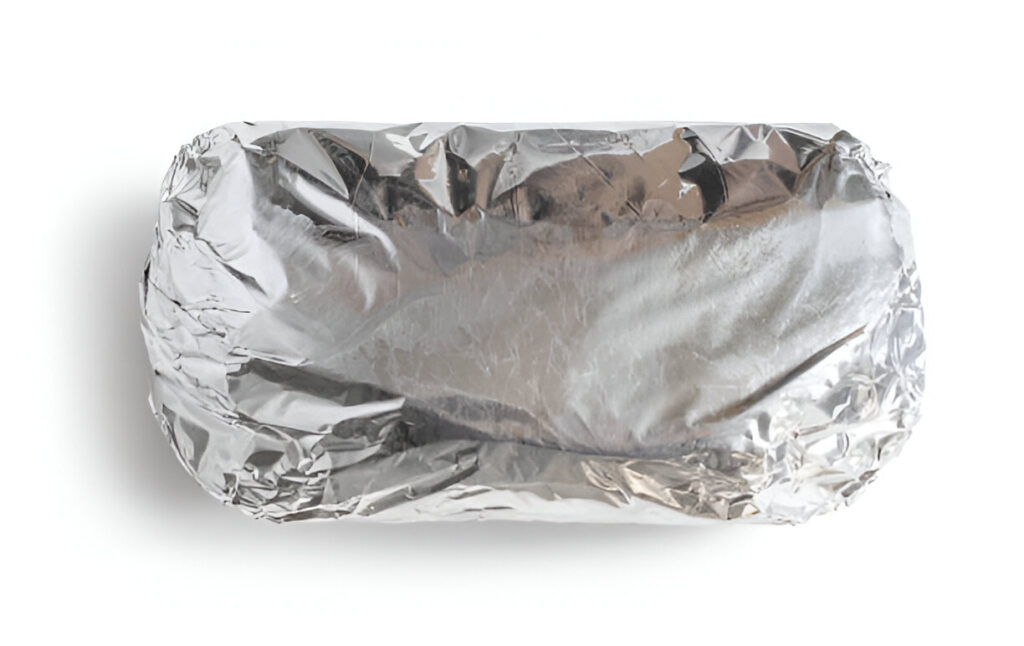In the world of food preservation and storage, aluminium foil stands out as a superhero among various materials. Its versatility, durability, and ability to protect food efficiently make it an integral part of any kitchen, whether in a domestic setting or within the food service industry. Let’s unwrap this shiny protector and understand why it’s an essential tool for savvy food preservation.
Understanding Aluminium Foil and Its Properties
Aluminium foil is made by rolling large slabs of aluminium until they are less than 0.2 mm thick. It’s used widely for packaging because it is malleable and can be easily converted to thin sheets and folded, wrapped, or covered around items. The foil is valued for its protective barrier properties that keep the food free from moisture, oxygen, and bacteria that could lead to spoilage.
Not only is aluminium foil effective at keeping food fresh, but it is also temperature resistant, which is why it’s used in cooking at both high and low temperatures. It can help ensure even cooking and prevent burning, which is especially useful when grilling or baking.
The Advantages of Aluminium Foil for Food Preservation
One of the principal advantages of aluminium foil is its ability to preserve the quality and flavour of food. It prevents the transfer of odours and tastes, helping to maintain the original character of the food. Foil also limits moisture loss, preventing dehydration and reducing the risk of freezer burn when storing food in the freezer.
The reflective surface of aluminium foil is helpful in retaining heat, making it a common choice for wrapping hot foods to keep them warm. Conversely, it’s also great for cooling foods quickly due to its heat-conductive properties.
Moreover, its flexibility allows it to be moulded into different shapes and tightly sealed over containers, which is excellent for storing leftovers or making food parcels.
Aluminium Foil and Sustainability
When discussing food packaging materials, it’s important to consider their environmental impact. Aluminium foil is recyclable, which aids in reducing its carbon footprint – a critical factor in an increasingly eco-conscious society. However, it’s essential for users to ensure that the foil is cleaned before it’s recycled.
Additionally, the long life of aluminium as a raw material is significant; when recycled, it can be reused without losing its properties or quality, contributing to sustainable usage patterns.
Best Practices for Using Aluminium Foil for Food Preservation
To make the most of aluminium foil, there are several best practices that can enhance food preservation efforts:
Firstly, always use the shiny side of the foil facing the food. This side reflects more heat and light, which can help protect the food better.
When freezing food in aluminium foil, make sure all air is pressed out before sealing the package to avoid freezer burn.
Moreover, use sufficient foil to cover or wrap the food item completely, ensuring there are no openings or tears where air and moisture can enter.
Aluminium Foil in Professional Kitchens
In professional kitchens, aluminium foil’s role expands beyond simple food preservation. It is often used in cooking techniques such as roasting and grilling because it can create a tight seal that helps to cook the food more evenly and retain its natural moisture.
Chefs also use foil to wrap delicate foods like vegetables and fish, which might otherwise fall apart or stick to the grilling surface. This not only keeps the flavour intact but also makes cleaning up easier.
Aluminium Foil for Food Safety
Another critical aspect of aluminium foil is its contribution to food safety. By preventing contamination from external sources and minimising direct contact with harmful bacteria, the foil acts as a sanitary barrier. This is particularly important in settings like picnics, barbecues, and in places where food is prepared and consumed outdoors.
Innovative Uses of Aluminium Foil in Food Preservation
Creative uses of foil abound in the food preservation realm. For instance, wrapping banana stems in aluminium foil has been known to extend their shelf life, as it prevents the escape of natural gases that speed up the ripening process.
Similarly, foil can be shaped into makeshift cups, lids, or funnels, making it a multipurpose tool in the kitchen, beyond simply wrapping and storing products.
Choosing the Right Type of Aluminium Foil
It’s important to select the right type of aluminium foil for your specific needs. Thicker foils are better suited for freezing, as they provide more substantial protection against freezer burn, while thinner foils are more apt for wrapping food at room temperature.
The Convenience of Aluminium Foil
Lastly, convenience could be considered the crown jewel in aluminium foil’s array of benefits. Its ease of use, cutting, and moulding into various sizes makes it indispensable for quick service and minimal waste — an ideal solution to modern life’s fast-paced nature.
With the myriad benefits that aluminium foil offers for food preservation, it’s no wonder it’s a staple in both domestic and commercial kitchens alike. By understanding its properties and uses, kitchen regulars can apply this essential guide to leverage aluminium foil for the freshest food and the most efficient practices.
Food storage and preparation practices will continue to evolve, but the role of aluminium foil remains constant. Its unique properties provide a layer of trust between the food we eat and the preservation processes we rely on, ensuring that aluminium foil will continue to shine as a beacon of practicality and conservation in our kitchens for years to come.



